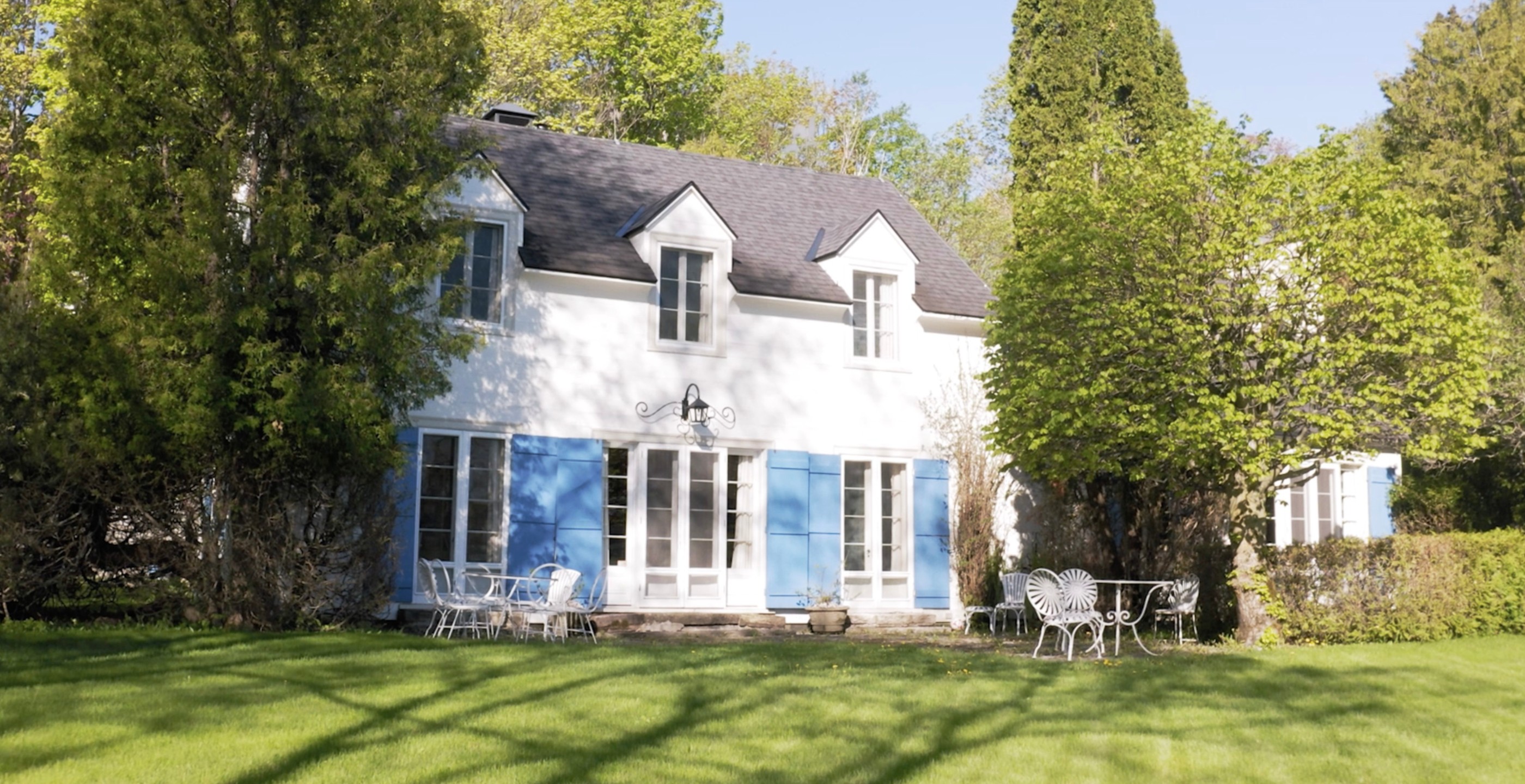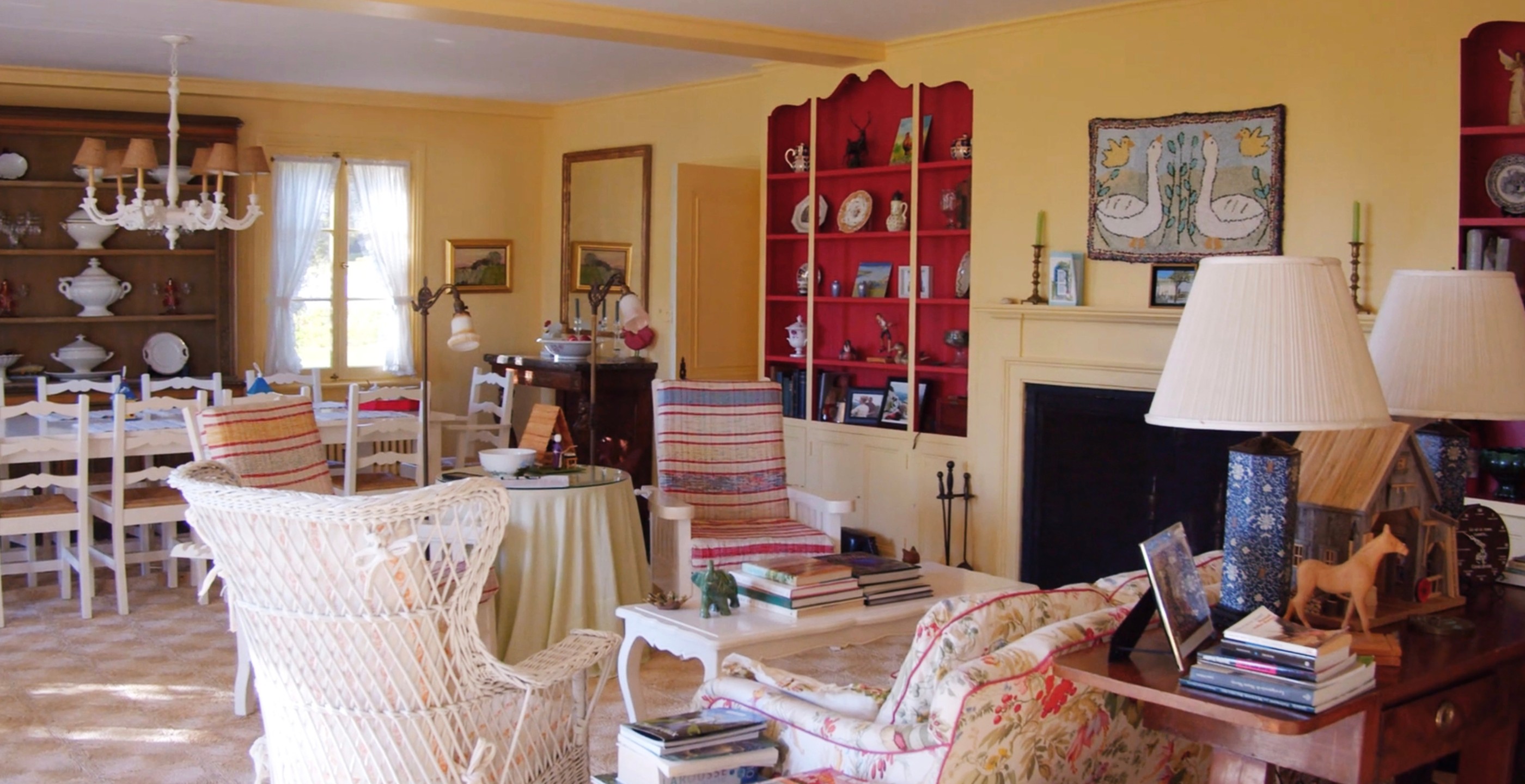The houses, or rather estates, in La Malbaie can be seen through the trees or along Chemin des Falaises, or Boulevard des Falaises as it was once chicly called, remind us that it’s Charlevoix has been open to visitors in search of adventure and rejuvenation for a long time.
In the beautiful book Charlevoix : une tradition d’accueil (Éditions Sylvain Harvey, 2018), by François Tremblay, David Mendel and Judy Bross, we learn that before the arrival of trains and steamships, the first tourists to visit the region for pleasure had to make do with primitive facilities and overcome many challenges before they could cast their fishing lines in the water. A very different experience compared to that of the summer visitors who flocked to the new Pointe-au-Pic wharf in the late 19th and early 20th centuries, for whom comfort was all about luxury.
 Photo : Tourisme Charlevoix
Photo : Tourisme Charlevoix
Influenced by the praise lavished on La Malbaie (Murray Bay) by landowner John Nairne, Toronto MP William Hume Blake and, in turn, Supreme Court Chief Justice and U.S. President William Howard Taft (!), wealthy residents from Québec City and New York soon commissioned prestigious architects to build summer residences where they could accommodate family and friends.
At a time of unprecedented industrialization, city dwelling vacationers reported that, “La Malbaie, the frigid river baths, the iodized sea spray and the refreshing breezes of the climate heal the body, while the beauty and immensity of the landscape, the pleasant company of fellow human beings, the warmth of the locals and the hearty foods restore positive moods and joie de vivre.”
 Photo : Tourisme Charlevoix
Photo : Tourisme Charlevoix
Wishing to escape the pollution and crowds, as well as the dehumanizing reality of factories, these wealthy doctors, judges, politicians and business people commissioned oases of rustic charm, inspired by the Arts and Crafts movement, a kind of return to tradition where houses and furniture are made by local craftsmen using local materials (stone, wood, etc.), and local artists are contracted to create bespoke works in addition to designing buildings, gardens and river views in close relation to each other.
One of the most prominent cottagers of the era was the artist couple Maud Cabot and Patrick Morgan, who built a picturesque stone house in the 1930s in the Cap-à-l’Aigle area. In addition to inviting local children to skate on their pond, the couple got involved in the community by inviting local artists to sell their works at annual charity events.
In fact, it was Maud Cabot’s grandson, Francis H. Cabot, and his wife Anne Perkins Cabot, who transformed the Villa Les Quatre Vents gardens into what are now considered “among the most beautiful gardens in North America.” Open to visitors for a few days a year by reservation only, the gardens are a perfect reflection of the ideal the bourgeoisie dreamed about at that time: a majestically wild, yet tamed territory, where it’s a pleasure to get lost… only to return by tea time.
